Singapore is poised to become a global leader in sustainable seafood production as the city-state gears up for the mass production of cell-cultured shrimp. This groundbreaking development could offer a viable solution to the pressing issue of overfishing, which has long threatened marine ecosystems worldwide. With advanced biotechnology and a strong commitment to food security, Singapore's latest innovation is set to reshape the future of aquaculture.
The concept of cell-cultured seafood isn't entirely new, but Singapore's progress in bringing it to commercial scale marks a significant milestone. Unlike traditional shrimp farming, which often involves destructive practices like mangrove deforestation and excessive antibiotic use, lab-grown shrimp is produced by cultivating animal cells in a controlled environment. This method eliminates the need for wild capture or large-scale farming, drastically reducing environmental impact.
What makes Singapore's approach particularly noteworthy is its focus on shrimp, one of the most consumed and overexploited seafood varieties globally. The country's research teams have successfully replicated the texture, flavor, and nutritional profile of conventional shrimp, addressing one of the biggest challenges in alternative protein development – consumer acceptance. Early taste tests suggest that even discerning seafood lovers might struggle to tell the difference.
The technology behind this innovation involves isolating shrimp cells and providing them with the necessary nutrients to grow in bioreactors. These cells multiply and organize into muscle tissue, essentially creating real shrimp meat without the actual animal. The process is similar to methods used in medical tissue engineering, adapted for food production. Singapore's expertise in biopharmaceutical manufacturing has given it a unique advantage in scaling this technology.
Environmental benefits of cell-cultured shrimp are substantial. Traditional shrimp farming is notorious for its ecological footprint, contributing to coastal degradation, water pollution, and significant greenhouse gas emissions. By contrast, the lab-grown alternative requires far less land and water, produces minimal waste, and generates a fraction of the carbon emissions. In a world grappling with climate change and biodiversity loss, such innovations could be game-changers.
Singapore's food security strategy has been a key driver behind this development. As a nation that imports about 90% of its food, reducing reliance on external sources has become increasingly important. The COVID-19 pandemic exposed vulnerabilities in global food supply chains, accelerating Singapore's push for local production of alternative proteins. Cell-cultured seafood aligns perfectly with the country's "30 by 30" goal – to produce 30% of its nutritional needs locally by 2030.
The regulatory landscape in Singapore has also facilitated this progress. The Singapore Food Agency has established a clear pathway for novel food approvals, becoming the first country to grant regulatory approval for cell-cultured chicken in 2020. This existing framework has smoothed the way for shrimp products to enter the market. Such proactive governance demonstrates how policy can enable rather than hinder food innovation.
Consumer acceptance remains the ultimate test for any alternative protein, and Singapore's multicultural population provides an ideal testing ground. With diverse culinary traditions that heavily feature seafood, positive reception here could signal broader global potential. Early marketing strategies emphasize not just sustainability but also food safety advantages – lab-grown shrimp is free from microplastics, mercury, and other contaminants often found in ocean-caught seafood.
Economic implications are equally significant. The global shrimp market was valued at over $45 billion in 2022, with demand continuing to rise. Singapore's pioneering position in cell-cultured shrimp could establish it as a hub for marine biotechnology, attracting investment and talent. Local startups working in this space have already seen increased interest from international food companies and venture capitalists.
Scaling production presents its own challenges. While the science is proven, moving from lab-scale to industrial production requires solving engineering and cost hurdles. Current production costs remain higher than conventional shrimp, though they're falling rapidly as processes improve. Singapore's approach involves close collaboration between research institutions, government agencies, and private companies to accelerate this transition.
The potential impact on fishing communities cannot be ignored. While cell-cultured seafood promises environmental benefits, it may disrupt traditional livelihoods. Some experts suggest the technology could complement rather than replace conventional fishing, focusing initially on premium markets while wild-caught seafood continues to serve other segments. This transition period will require careful management and possibly retraining programs for affected workers.
Looking ahead, Singapore's cell-cultured shrimp initiative could inspire similar projects worldwide. Several countries are watching developments closely, with some already initiating their own cellular aquaculture research programs. The knowledge and technology transfer from Singapore's experience could help accelerate global adoption of sustainable seafood alternatives.
As production ramps up, attention turns to distribution strategies. Initial launches will likely focus on high-end restaurants and specialty retailers before expanding to mainstream markets. Some industry observers predict cell-cultured shrimp could achieve price parity with premium wild-caught varieties within five years, making it competitive in quality-conscious market segments.
The long-term vision extends beyond shrimp. Successful commercialization could pave the way for other cell-cultured seafood products, from fish fillets to lobster meat. Singaporean researchers are already exploring these possibilities, recognizing that solving overfishing requires a diverse range of sustainable alternatives. Each new product developed adds another tool in the fight to protect ocean ecosystems.
Critics argue that cell-cultured seafood is merely treating symptoms rather than addressing root causes like unsustainable consumption patterns. Proponents counter that it offers a practical solution while broader cultural shifts occur. What's undeniable is that business-as-usual in seafood production is environmentally untenable, making innovations like Singapore's cell-cultured shrimp not just preferable but necessary.
As Singapore prepares to bring this product to market, the world watches with interest. This small nation's big idea might just help solve one of our planet's most pressing environmental challenges. The success of cell-cultured shrimp could mark a turning point in how humanity relates to the ocean and its resources – not through deprivation, but through smarter, more sustainable innovation.
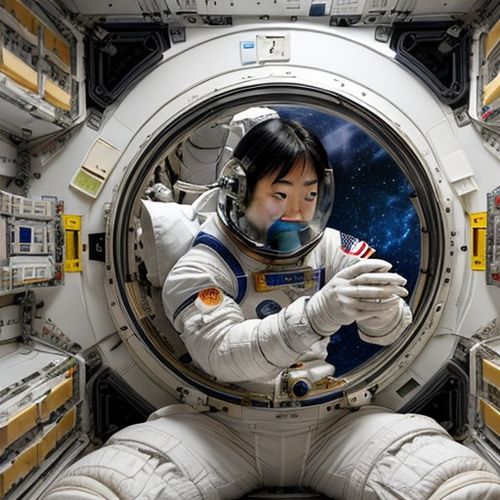
By Amanda Phillips/Apr 10, 2025

By Rebecca Stewart/Apr 10, 2025
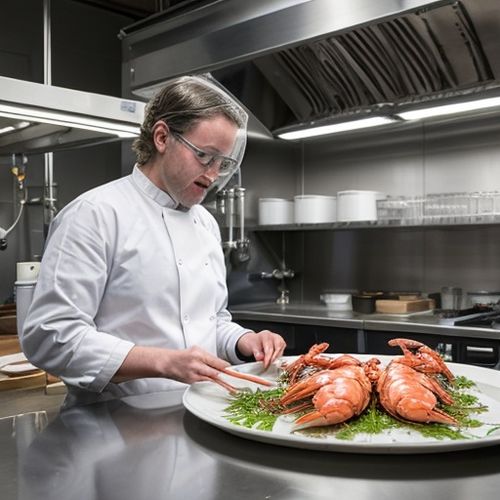
By Emma Thompson/Apr 10, 2025
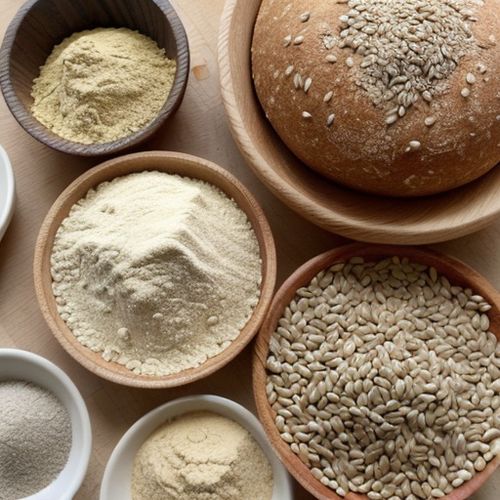
By James Moore/Apr 10, 2025

By Samuel Cooper/Apr 10, 2025

By Elizabeth Taylor/Apr 10, 2025

By Rebecca Stewart/Apr 10, 2025
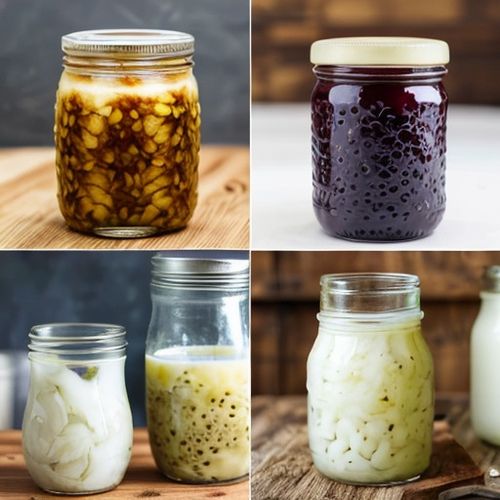
By John Smith/Apr 10, 2025

By Michael Brown/Apr 10, 2025
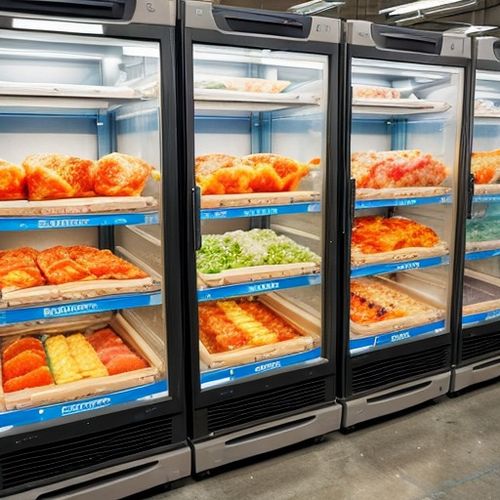
By Emma Thompson/Apr 10, 2025
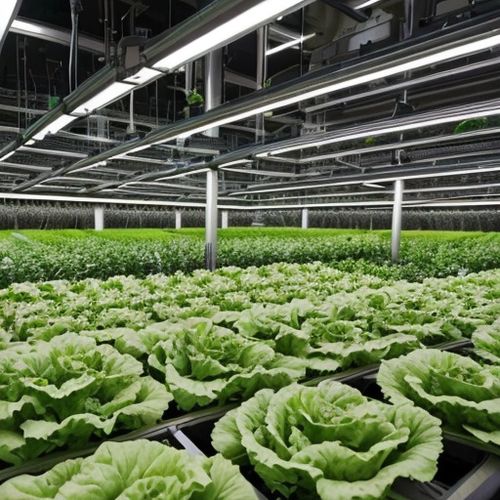
By Elizabeth Taylor/Apr 9, 2025
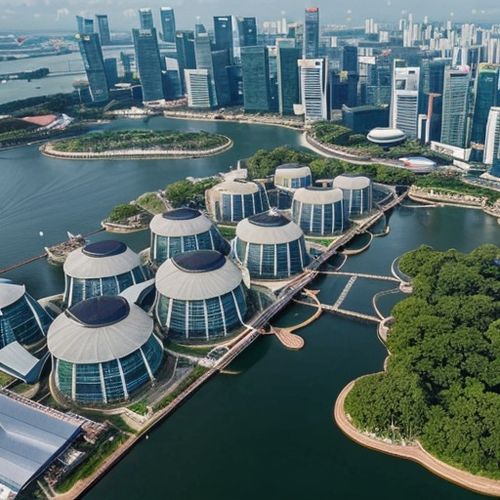
By Christopher Harris/Apr 9, 2025

By David Anderson/Apr 9, 2025

By Joshua Howard/Apr 9, 2025

By Emily Johnson/Apr 9, 2025
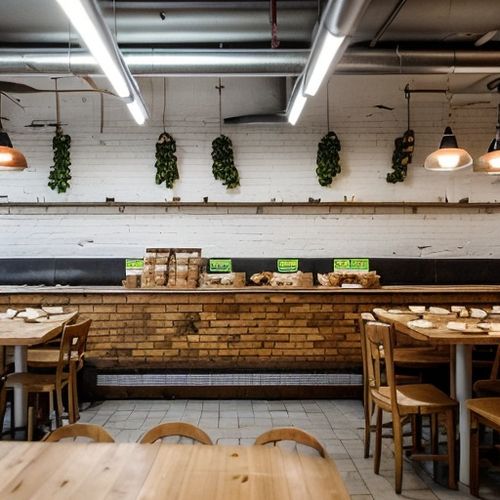
By John Smith/Apr 9, 2025
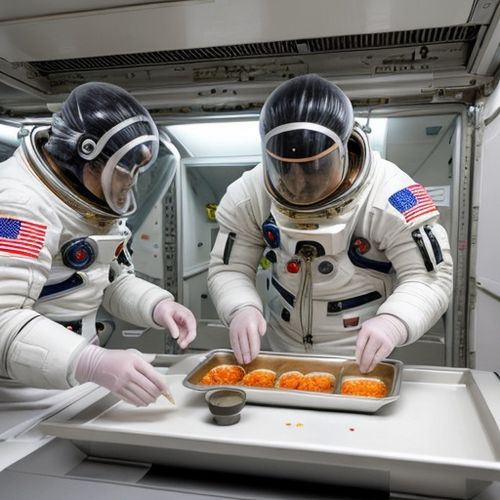
By Lily Simpson/Apr 9, 2025

By Lily Simpson/Apr 9, 2025